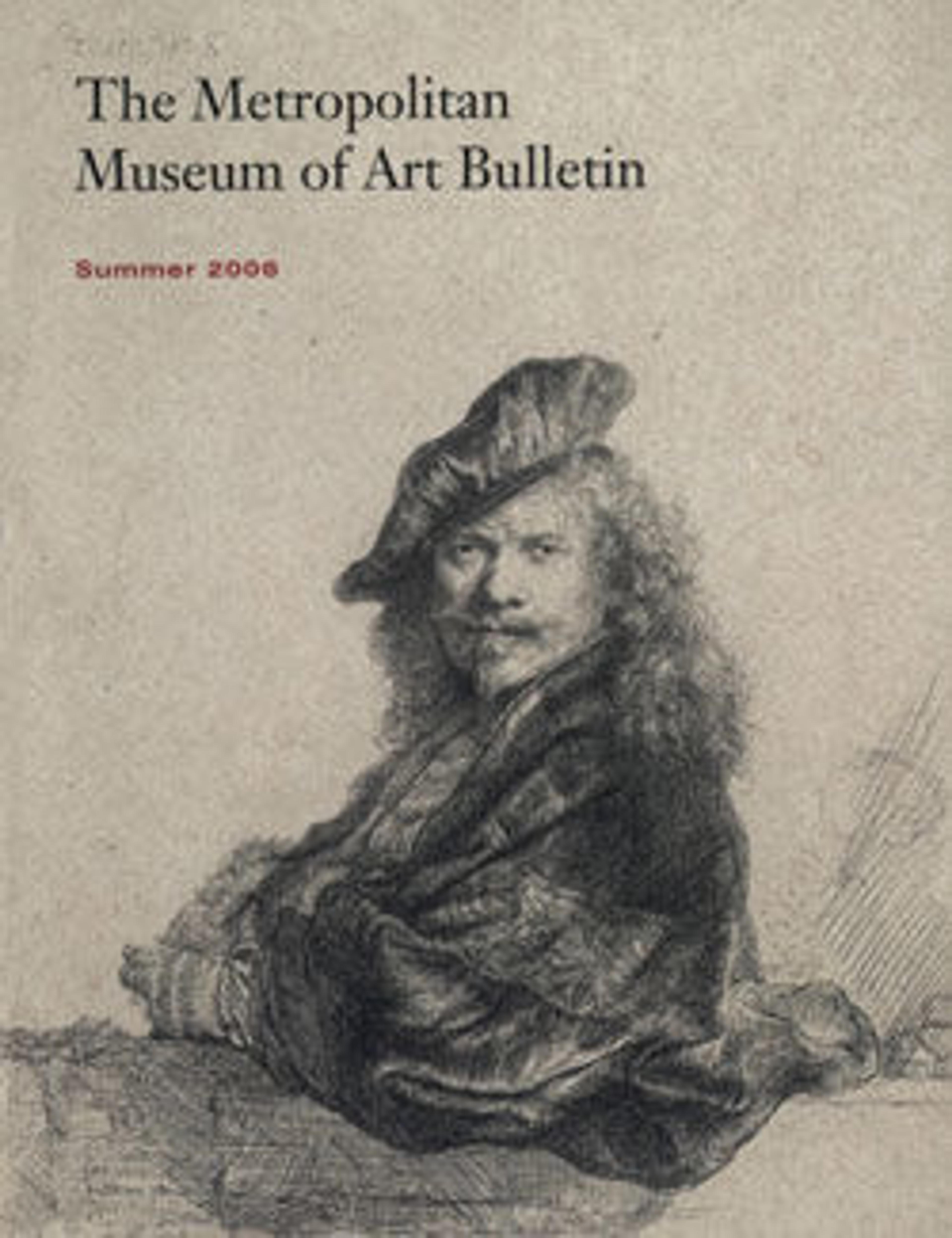Weeping Woman Kneeling, Seen from Behind
This chalk sketch shows a kneeling woman in historic dress, bringing a cloth to her face. Like many of his Dutch contemporaries, Jacob Backer made numerous such figure studies in preparation of large scale paintings. This particular figure, in a slightly adjusted pose, was used as a model for Christ and the Adulterous Woman, an oil painting dateable circa 1636.[1]
Backer was a prolific painter of both portraits and works of historic subject matter, active in Amsterdam. Several of his figure studies on blue paper survive, which, it has been thought, were made after live models in workshop sessions, organized together with his colleague Govert Flinck (1615–1660). The artists were well-acquainted, as they were both native to the northern town of Leeuwarden, where they enjoyed their training at the studio of Lambert Jacobsz. (ca. 1598–1636).
Like many of his contemporaries, Backer used blue paper for his figure studies, which allowed the artist to work with the tone of the background and the various colors of chalk to modulate form, thus obtaining better sense of volumes and textures that provided an excellent visual aid when later transforming the motif into a painting.
[1] Jacob Backer, Christ and the Adulterous Woman, c. 1636, oil on canvas, 136 x 202 cm. Private collection, Italy.
Backer was a prolific painter of both portraits and works of historic subject matter, active in Amsterdam. Several of his figure studies on blue paper survive, which, it has been thought, were made after live models in workshop sessions, organized together with his colleague Govert Flinck (1615–1660). The artists were well-acquainted, as they were both native to the northern town of Leeuwarden, where they enjoyed their training at the studio of Lambert Jacobsz. (ca. 1598–1636).
Like many of his contemporaries, Backer used blue paper for his figure studies, which allowed the artist to work with the tone of the background and the various colors of chalk to modulate form, thus obtaining better sense of volumes and textures that provided an excellent visual aid when later transforming the motif into a painting.
[1] Jacob Backer, Christ and the Adulterous Woman, c. 1636, oil on canvas, 136 x 202 cm. Private collection, Italy.
Artwork Details
- Title: Weeping Woman Kneeling, Seen from Behind
- Artist: Jacob Backer (Dutch, Harlingen 1608–1651 Amsterdam)
- Date: ca. 1634–38
- Medium: Black chalk, heightened with white, on blue paper
- Dimensions: 7 9/16 x 9 in. (19.2 x 22.8 cm)
- Classification: Drawings
- Credit Line: Roger's Fund, 1953
- Object Number: 53.127.3
- Curatorial Department: Drawings and Prints
More Artwork
Research Resources
The Met provides unparalleled resources for research and welcomes an international community of students and scholars. The Met's Open Access API is where creators and researchers can connect to the The Met collection. Open Access data and public domain images are available for unrestricted commercial and noncommercial use without permission or fee.
To request images under copyright and other restrictions, please use this Image Request form.
Feedback
We continue to research and examine historical and cultural context for objects in The Met collection. If you have comments or questions about this object record, please complete and submit this form. The Museum looks forward to receiving your comments.
